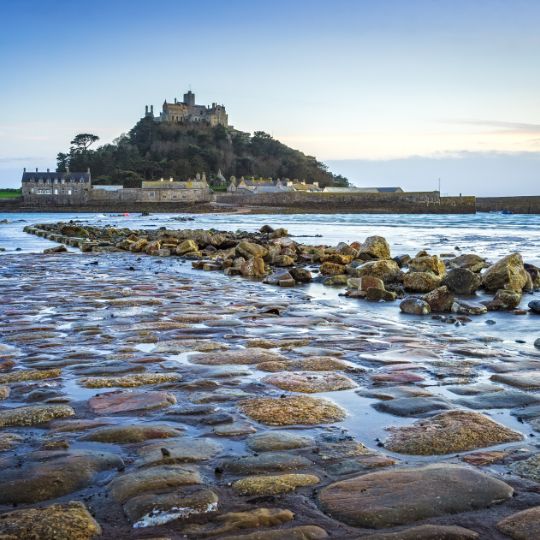The United Kingdom is full of beautiful places to visit. You just have to know where to find them. There are so many incredible and pretty places for you to see in the UK, so much so that you’ll be spoilt for choice.
Prettiest Places in the UK
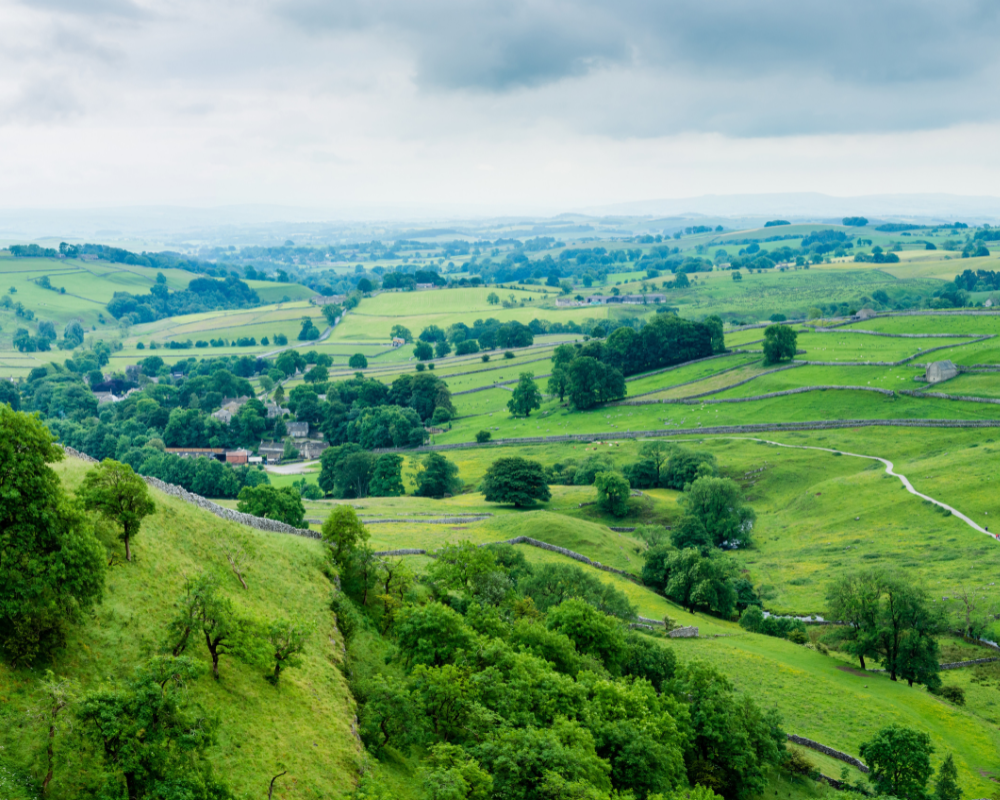
From stunning scenery and nature to amazing architecture and pretty little villages, there is much more beauty on this little island than you could ever imagine. Here are just a few of our top picks of the prettiest places in the UK.
Portmeirion, North Wales
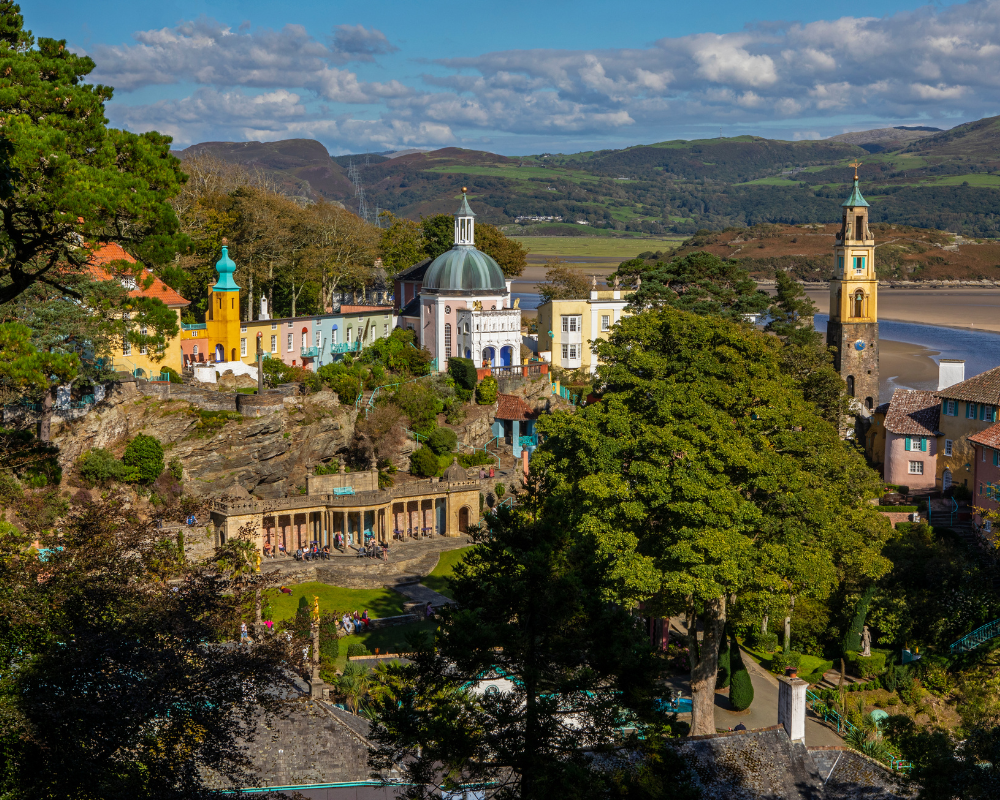
Portmeirion is a tourist village in Gwynedd, North Wales. It was designed and built by Sir Clough Williams-Ellis between 1925 and 1975 in the style of an Italian village. Alongside its architectural heritage, this ticketed site features two hotels, self-catering cottages, a spa, gift shops, cafés, restaurants and an Italian-style gelateria. There are colour-washed buildings around a central piazza and woodlands too.
Fairy Pools, Isle of Skye, Scotland
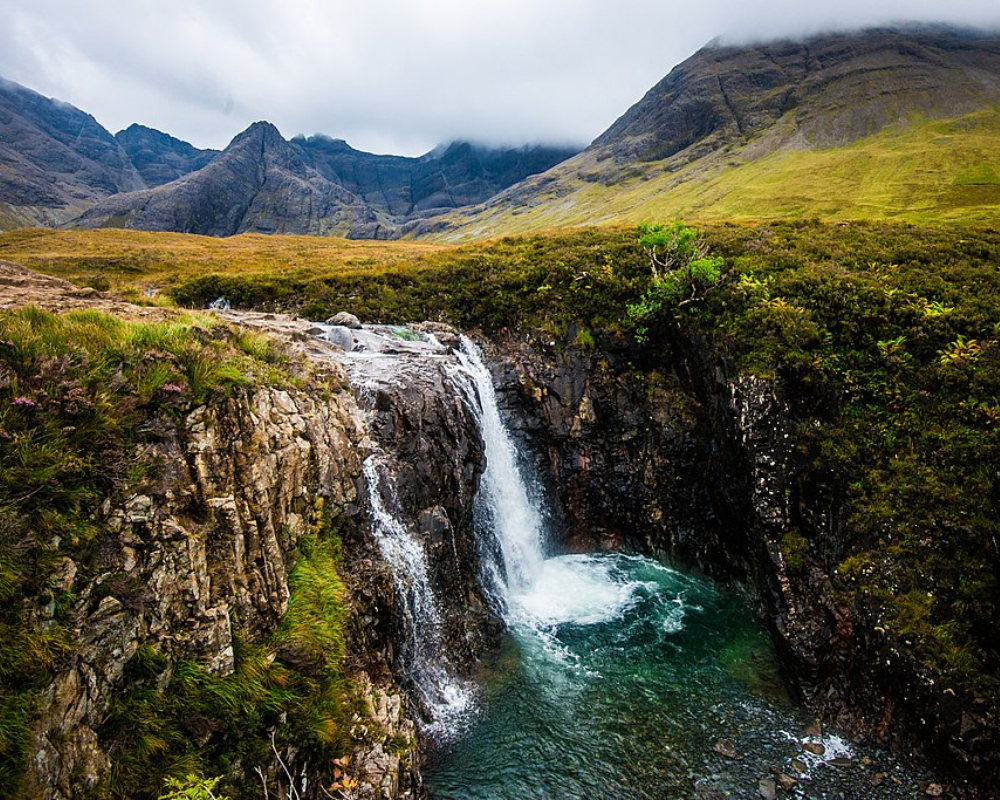
The Fairy Pools are a natural waterfall phenomenon in Glen Brittle on the Isle of Skye. The pools are aqua blue and are a popular place for wild swimmers. Here you can also see wildlife such as red deer, rabbits, and sheep. From the beautiful scenic views of the surrounding mountains to the natural waters of the pools, they are a unique experience in Scotland.
Durdle Door, Dorset

Durdle Door is a natural limestone arch on the Jurassic Coast near Lulworth in Dorset. It was created when the sea pierced through the Portland limestone around 10,000 years ago. Looking west over the beach, isolated stacks out at sea show where an older coastline once lay. Access to Durdle Door Beach is free of charge. You just need to pay the parking fee if you are arriving by car.
Lake Windermere, Cumbria
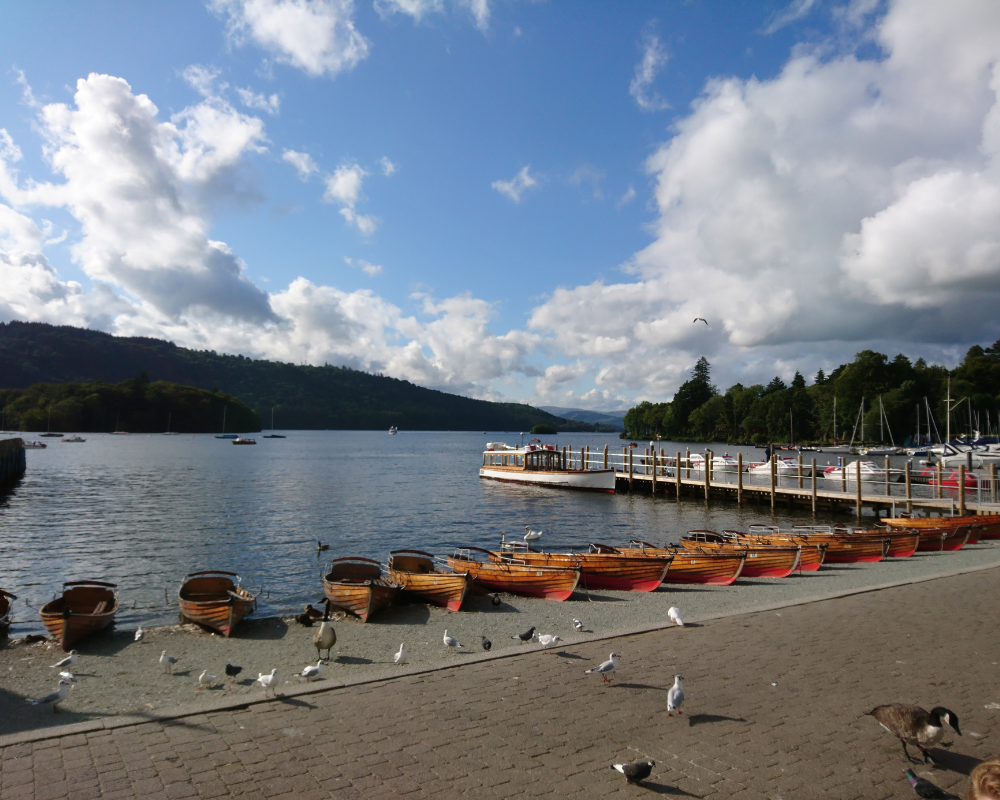
Windermere is a large lake in Cumbria’s Lake District National Park. The lake is surrounded by mountain peaks and villages, including Bowness-on-Windermere, where The World of Beatrix Potter Attraction is. Windermere lake is famous for being the largest natural lake in England, measuring over 11 miles long and one mile wide at its widest part. The lake has 19 islands, with the most famous being Belle Isle; the largest island on the lake is home to a luxurious 16th-century roman inspired house.
Castle Combe. Cotswolds
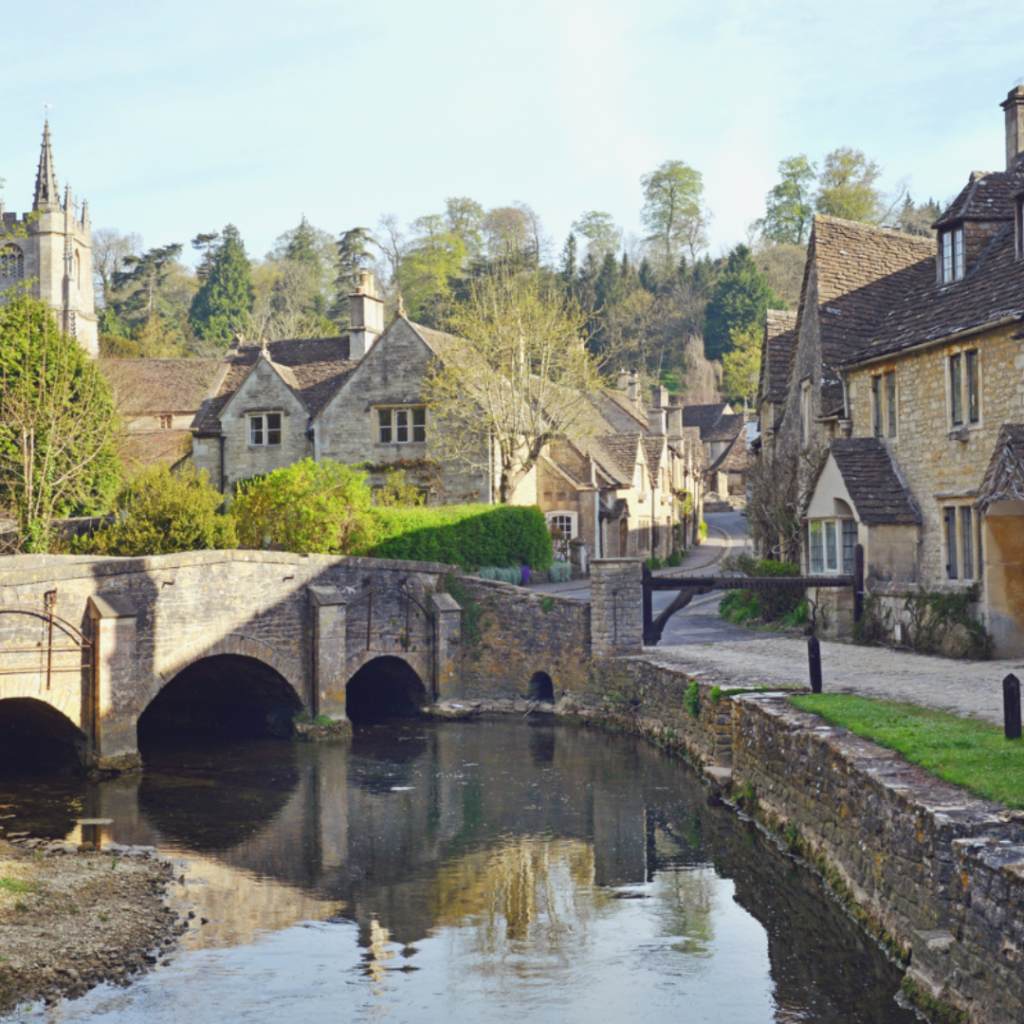
Castle Combe is a village within the Cotswolds Area of Outstanding Natural Beauty in Wiltshire. It’s like a fairytale medieval village that’s cut off from the rest of the world. It is a quintessential chocolate-box Cotswold hamlet, and wandering around past rows of old cottages built from pale local stone is like stepping back in time. It has also been the location for lots of movies.
Whitby Abbey Ruins, North Yorkshire
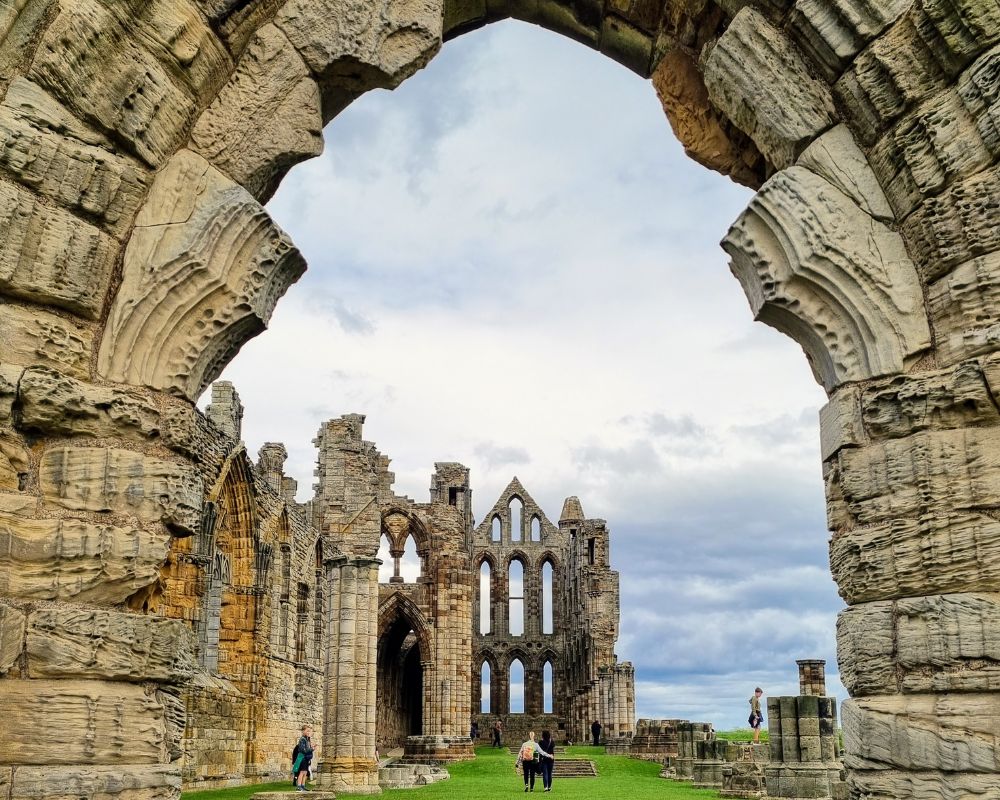
Whitby Abbey was a 7th-century Christian monastery that later became a Benedictine abbey. The abbey church was situated overlooking the North Sea on the East Cliff above Whitby in North Yorkshire. Visiting Whitby Abbey is one of the best things to do in Whitby, and this site is one of the most historic in the north of England. The ruins you see today are around 700 years old.
Royal Pavilion, Brighton
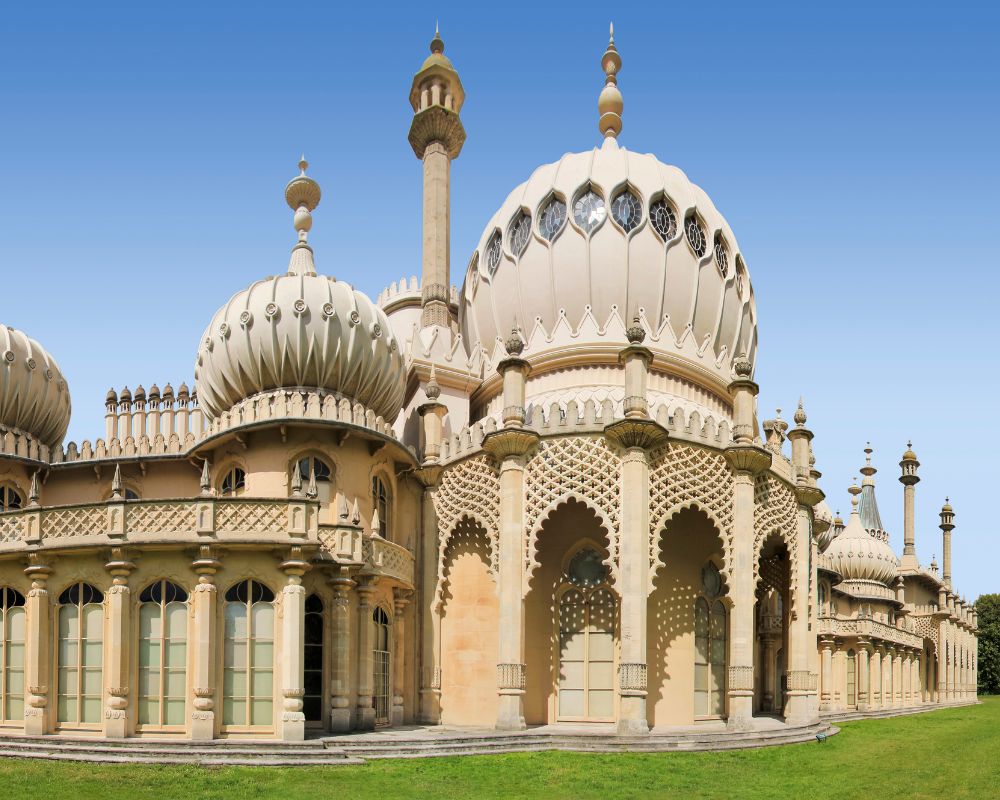
The Royal Pavilion, and surrounding gardens, also known as the Brighton Pavilion, is a Grade I listed former royal residence located in Brighton, East Sussex. Today, the Pavilion is open to the public as a Regency museum, enabling visitors to experience George IV’s pleasure palace. During WWI, it was used for wounded Indian soldiers and later on for British troops who had lost arms or legs in the war.
St Michael’s Mount Island, Cornwall
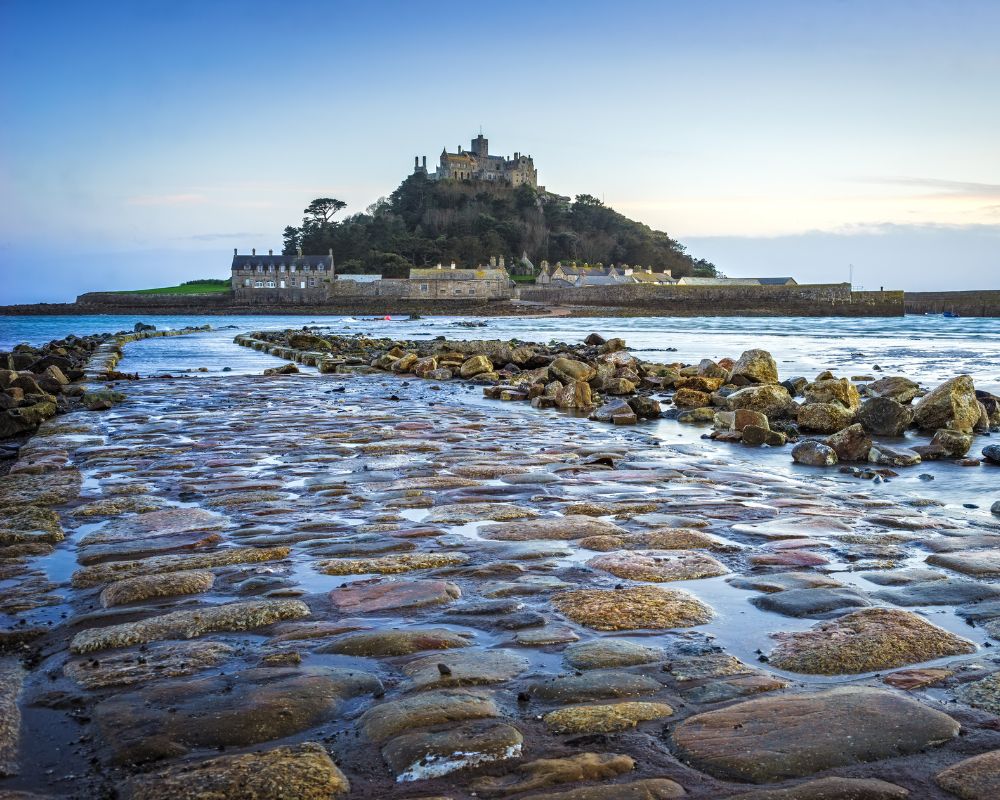
St Michael’s Mount is a tidal island in Mount’s Bay, Cornwall. With a historic castle and terraced gardens located on their own island, this National Trust property draws in big crowds. For centuries it was one of Europe’s major pilgrimage destinations; this holy island is now a UNESCO World Heritage Site, as is its beautiful bay.
St Dunstans in the East, London

St Dunstan-in-the-East was a Church of England parish church on St Dunstan’s Hill, halfway between London Bridge and the Tower of London. The tranquil ruins of the medieval church are one of London’s leafy hidden spots. This urban sanctuary is worth a quick visit, especially at weekends when the city office workers are not around enjoying their lunch.
St Ives, Cornwall

St Ives is a town in Cornwall known for its surf beaches and its art scene. Boasting excellent galleries and a stunning harbour, and lots of charming shops and restaurants, it’s a cultural haven. The St Ives farmers’ market is held at Market Hill on the first and third Saturday of every month.
Kynance Cove, Cornwall
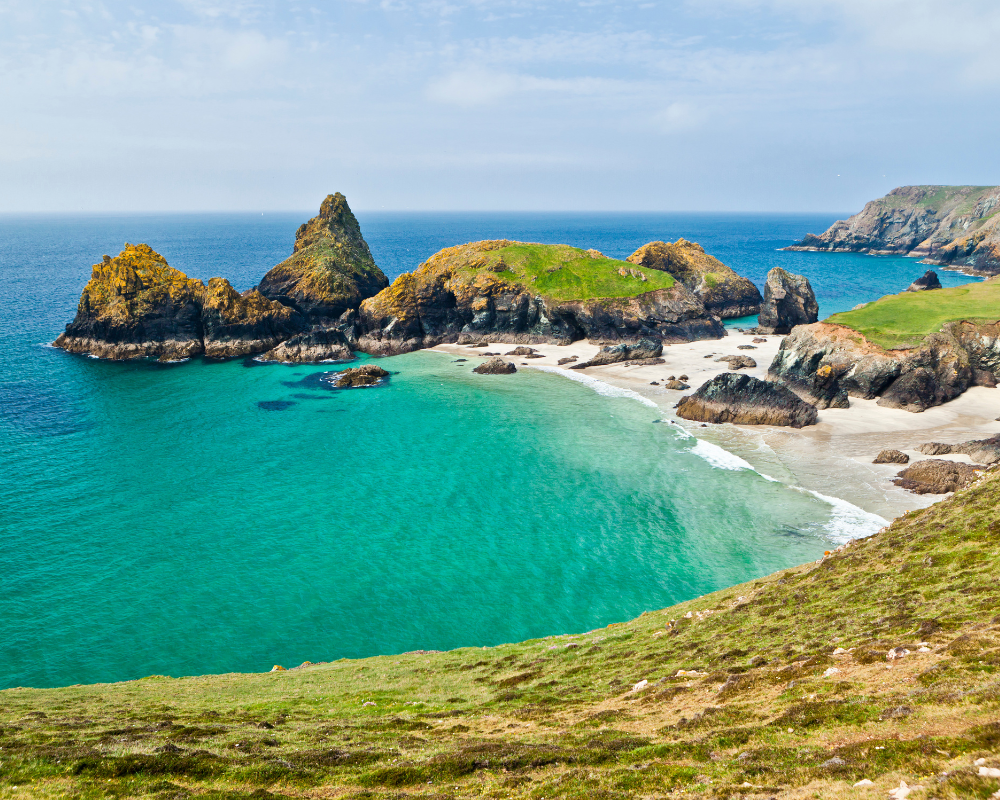
Kynance Cove is a cove on the eastern side of Mount’s Bay, Cornwall, situated on the Lizard peninsula. It is owned by the National Trust and boasts different types of water ranging from turquoise to crystal clear waters. If you visit when the tide is low, you can explore the caves along the beaches or even opt for rock climbing adventures or rock pooling.
Sgwd Yr Eira, Brecon Beacons, Wales
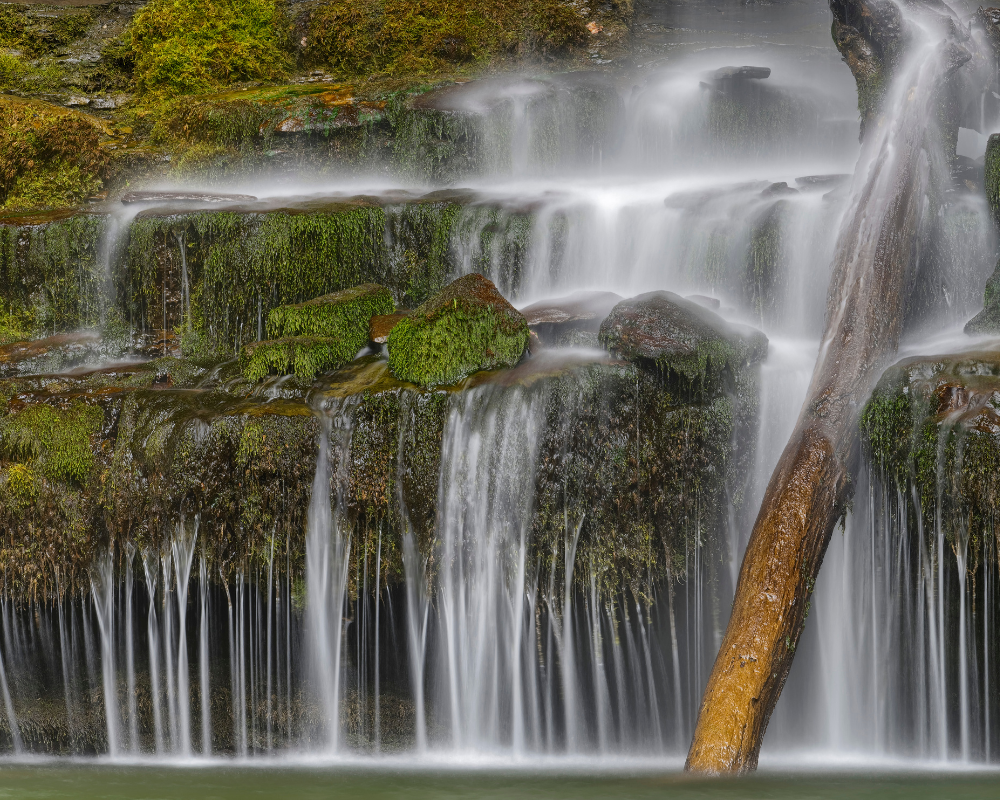
Sgwd yr Eira is a stunning waterfall located in the Brecon Beacons National Park in South Wales. Its name, which means “waterfall of the snow” in Welsh. It is a popular destination for hikers, photographers, and nature lovers, and it is part of the Four Waterfalls Walk, which takes visitors on a circular route that passes by four of the waterfalls in the Brecon Beacons National Park.
The Roman Baths, Somerset
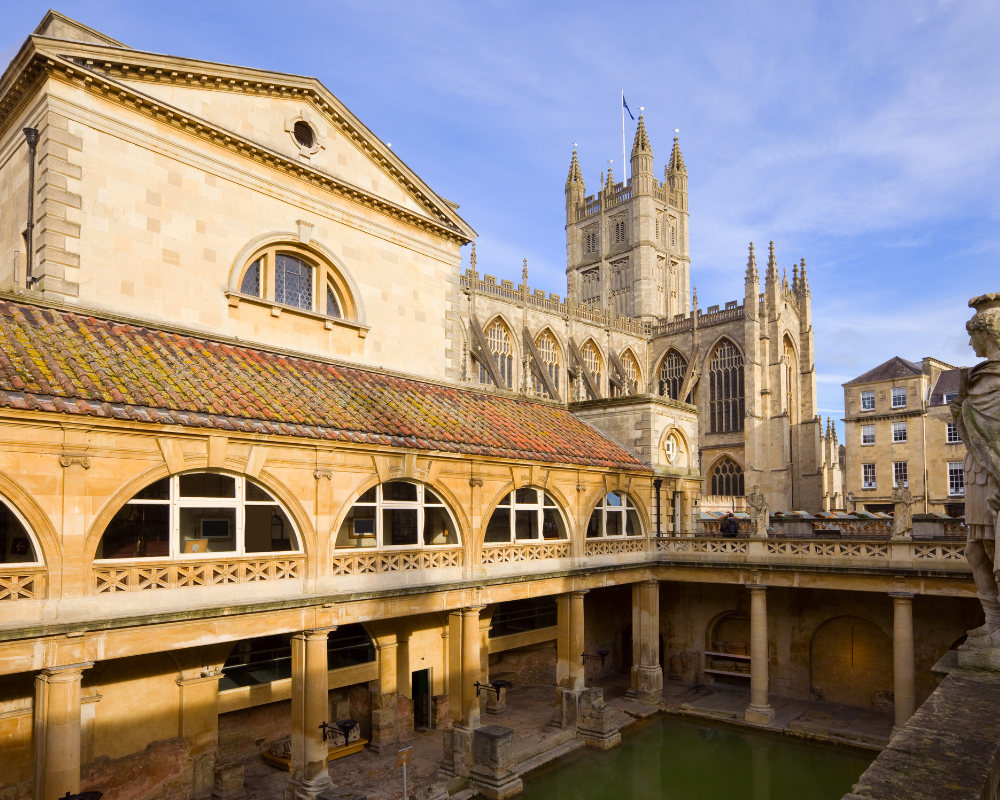
The Roman Baths are a famous well-preserved thermae in the city of Bath, Somerset. The baths were built on hot springs that were said to have healing powers. Once the site of one of the great religious spas of the ancient world, the people of Roman Britain came to the site to worship the goddess Sulis Minerva and bathe in the waters of the natural thermal springs, which still flow with hot water today. It is a very popular tourist attraction, and the city of Bath is a lovely place to explore.
Stonehenge, Wiltshire
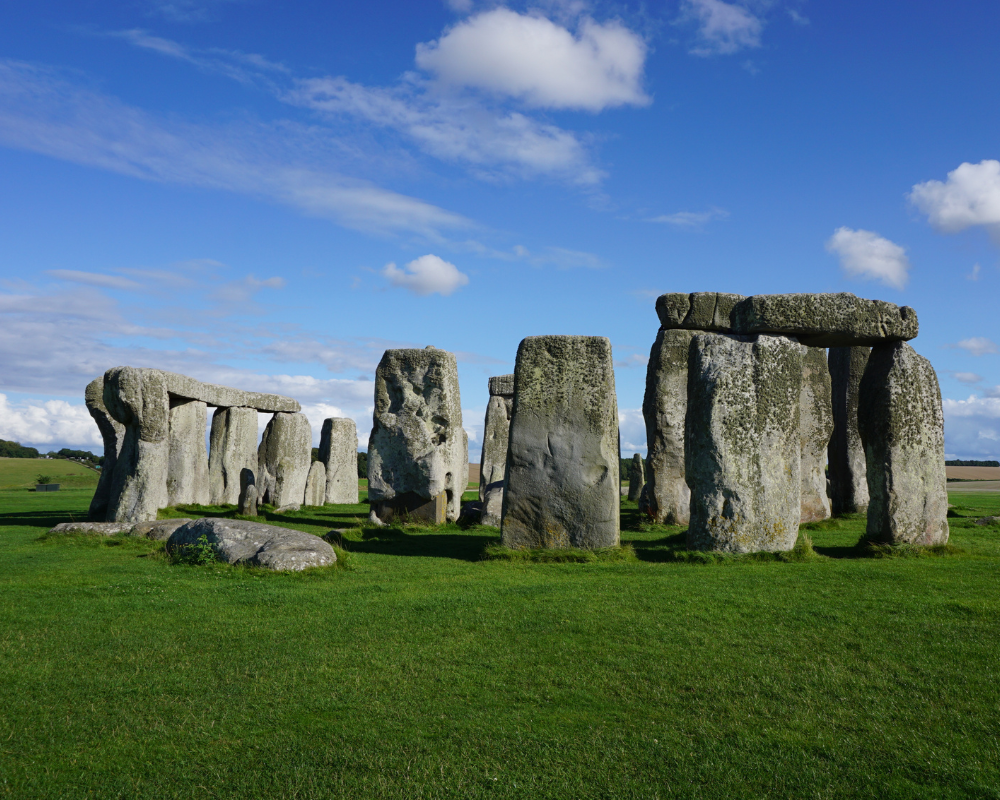
Stonehenge is a prehistoric monument on Salisbury Plain in Wiltshire. It is an extremely world-famous site that consists of an outer ring of vertical sarsen standing stones, each around 13 feet high, seven feet wide, and weighing around 25 tons, topped by connecting horizontal lintel stones. With the special “Stone Circle Experience”, you can get as close to the stones as possible in the early morning or evening with up to 30 people per session.

